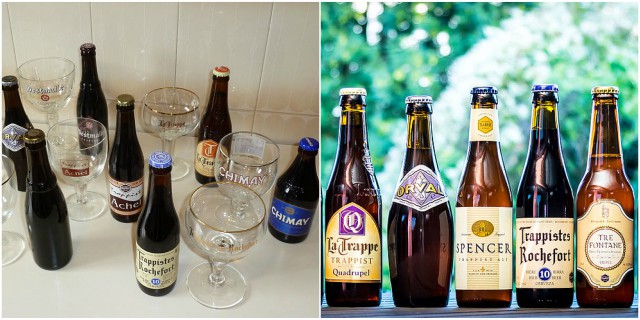Monks have been producing beer for centuries, and as time passed by, they perfected the beer-making process. The connection between monks and beer goes back to the 6th century when Benedictine monasteries began appearing in Europe.
During that period, when the Roman Empire had collapsed in the West, and Europe was being overrun by barbarian tribes, St. Benedict wrote a template for monastic life called The Rule. He ordered a life that was self-sustained, saying that monks and nuns should live by the labors of their own hands. In the centuries that followed, monks raised funds by producing goods to sell, including cheese, honey and they also brewed and sold beer.
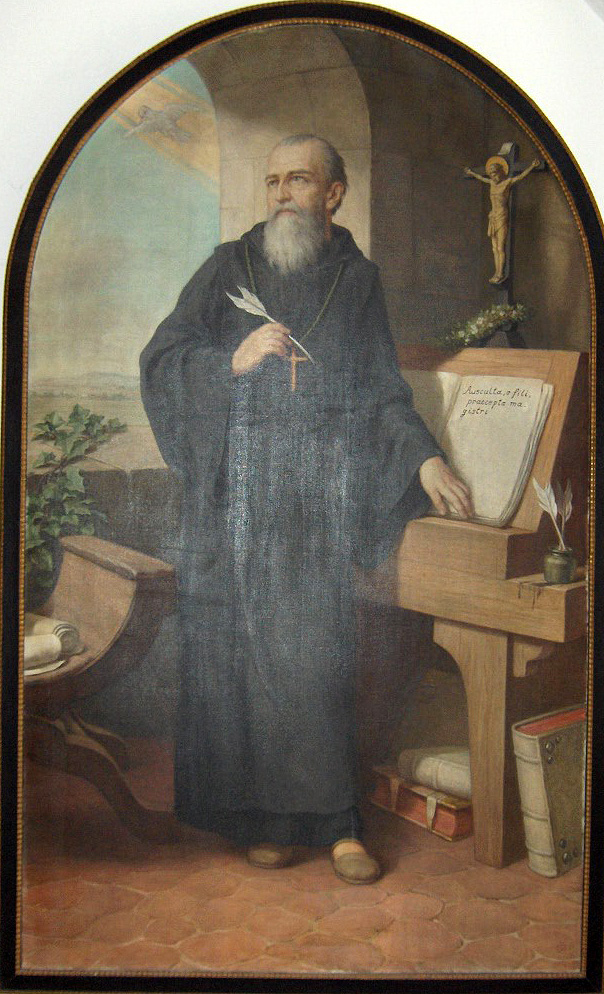
During this time water was not typically drank because it was unsanitary and that is why almost all of the Benedictine monasteries brewed their own beer. As time passed by, monks became experts at brewing and introduced regulation and sanitary practices in their breweries, and in the early 16th century, hops were probably introduced. These innovations helped monastic brewers create appealing beers.
The best-known monk brewers are the Trappists, more formally known as the Order of Cistercians of the Strict Observance, a Roman Catholic contemplative order. This order began in the monastery of La Trappe in France during the Middle Ages. The monastery of La Trappe in Soligny already had its own brewery in 1685.
The beer that they produce is not intended to turn a profit, but rather to support the monastery or other social programs outside of it.
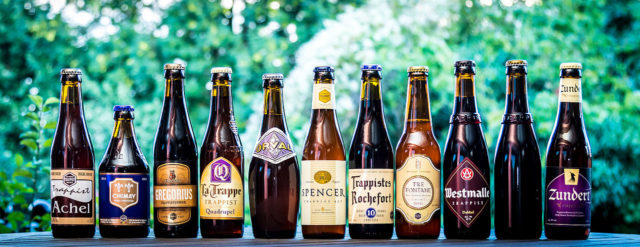
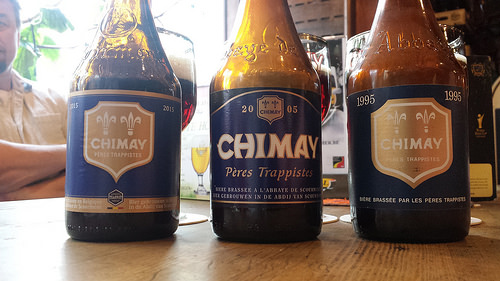
During the French Revolution, many of the Trappist monasteries and breweries were destroyed but Trappists spread across Europe in the aftermath of the French Revolution and today, 11 Trappist breweries are active – 6 in Belgium, 2 in the Netherlands, 1 in Austria, 1 in the United States, and the newest one in Italy. One of these, St. Sixtus of Westveltern in Belgium, makes what is considered the best beer in the world.
Because of the growing popularity of the beers, some brewers with no connection to the order began to label their beers as Trappist. In order to prevent non-Trappist commercial companies from using the Trappist name, in 1997 the 6 Belgian Trappists, 1 Dutch Trappist, and 1 German Trappist monastery formed the “International Trappist Association”, developing the following criteria to determine genuine Trappist beer:
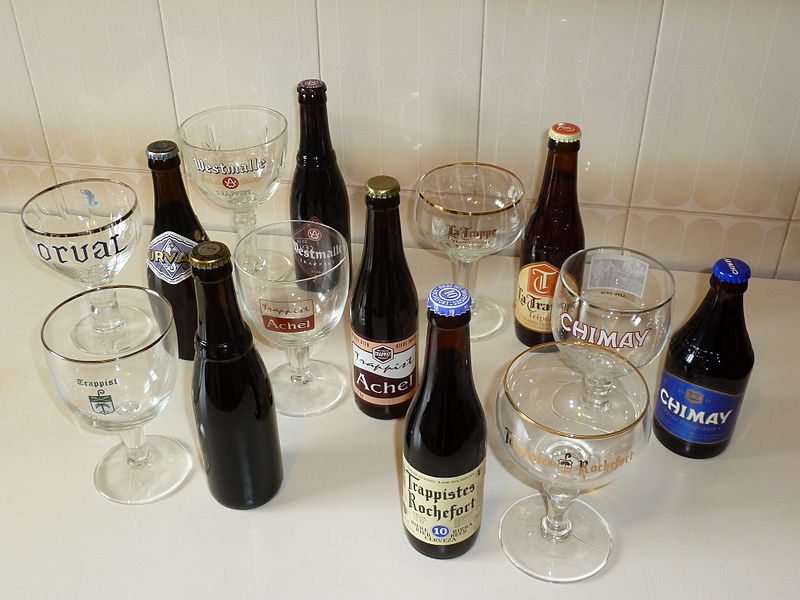
1.The beer must be brewed within the walls of a Trappist monastery and be brewed by or have the brewing be supervised by the Monks.
2.The brewery must be of secondary importance and be subject to business practices commensurate with that of a monastic life.
3.The brewery isn’t for making profits. The money is to be used to pay for the upkeep of the monastery and its monks. Any excess money is to be used for the monastery’s charitable ventures.
4.The quality of the beers is subject to quality monitoring.
